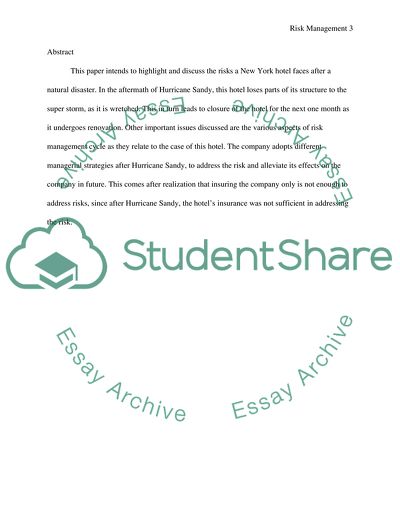Cite this document
(Sandy storm Essay Example | Topics and Well Written Essays - 2250 words, n.d.)
Sandy storm Essay Example | Topics and Well Written Essays - 2250 words. https://studentshare.org/environmental-studies/1788182-sandy-storm
Sandy storm Essay Example | Topics and Well Written Essays - 2250 words. https://studentshare.org/environmental-studies/1788182-sandy-storm
(Sandy Storm Essay Example | Topics and Well Written Essays - 2250 Words)
Sandy Storm Essay Example | Topics and Well Written Essays - 2250 Words. https://studentshare.org/environmental-studies/1788182-sandy-storm.
Sandy Storm Essay Example | Topics and Well Written Essays - 2250 Words. https://studentshare.org/environmental-studies/1788182-sandy-storm.
“Sandy Storm Essay Example | Topics and Well Written Essays - 2250 Words”. https://studentshare.org/environmental-studies/1788182-sandy-storm.


